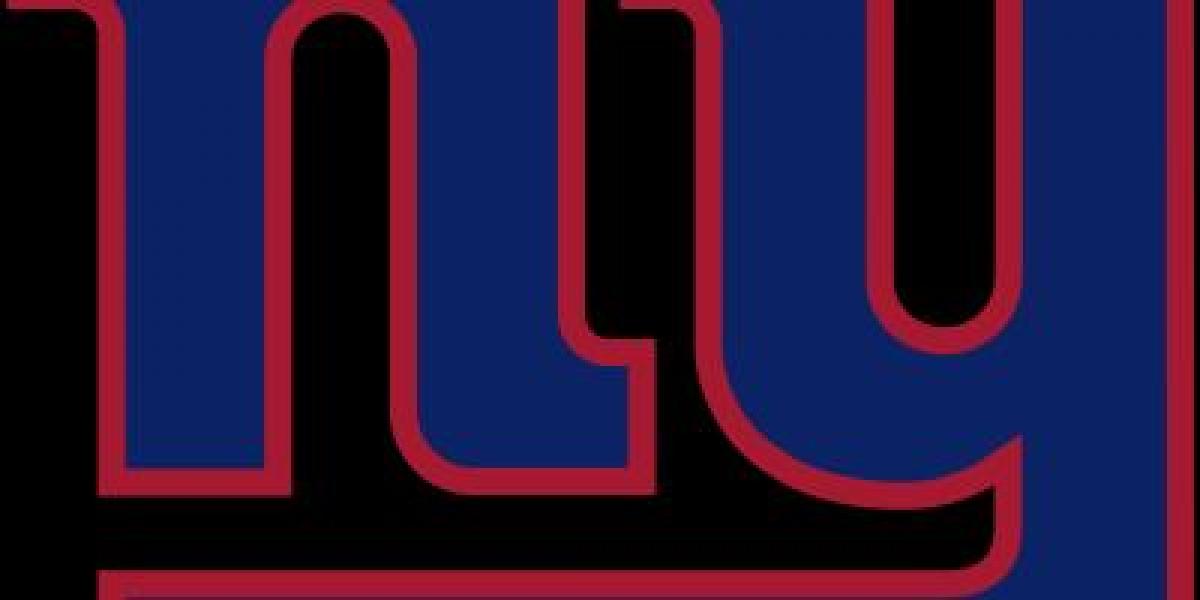Category:NFL Teams
DOB:April 04, April 05, March 23, March 29
EventDay:April 04, April 05, April 21, June 22, March 23, March 29
NCAAF Jersey:Number 10, Number 27, Number 33, Number 44, Number 45, Number 50, Number 53, Number 72, Number 98
NFL Jersey:Number 01, Number 02, Number 04, Number 06, Number 07, Number 09, Number 10, Number 11, Number 12, Number 13, Number 14, Number 21, Number 26, Number 27, Number 30, Number 32, Number 33, Number 36, Number 4, Number 41, Number 44, Number 45, Number 50, Number 51, Number 55, Number 56, Number 70, Number 73, Number 74, Number 77, Number 78, Number 79, Number 83, Number 89, Number 91
ProFootball:1938, 1941
Video:Gridiron Legends
Sub-Category:About Sports, College HOF, Football Hall of Fame, Football History, Football History Minute Videos, Football Legend
Author:Gary Myers, Jeff Payne, Joe Ziemba
Basketball Team:Washington Huskies
Football Helmet:Wisconsin Badgers
Football History:1930s
Football Month:December History, February History
Football Name:Al Blozis, Al DeRogatis, Arnie Arber, Arnie Herber, Arnie Weinmeister, Beattie Fethers, Benny Friedman, Bill Owen, Brad Van Pelt, Bronko Nagurski, Cal Hubbard, Chet Gladchuck, Clarke Hinkle, Curly Lambeau, Dick Modzelewski, Don Hutson, Ed Danowski, Ed Widseth, Eli Manning, Emlen Tunnell, Ernie Nevers, Fran Tarkenton, Fred Dryer, George Halas, Hap Moran, Jack McBride, Ken Strong, Kurt Warner, Lawrence Taylor, Paul Governali, Ray Flaherty, Red Badgro, Red Grange, Ron Dayne, Sammy Baugh, Steve Owen, Thom Gatewood, Tuffy Leemans, Ward Cuff, Wellington Mara, Y.A. Tittle
Football Position:center, defensive back, defensive line, linebacker, quarterback, tackle, tight end
Football Series:NYG-100
Football Team:Arizona Cardinals, BC Lions, Boston College Eagles, Boston Yanks, Brooklyn Dodgers, Chicago Bears, Chicago Hornets, Cleveland Browns, Cleveland Bulldogs, Columbia Lions, Denver Broncos, Detroit Lions, Detroit Wolverines, Duke Blue Devils, Duluth Eskimos, Fordham Rams, Frankford Yellow Jackets, Georgetown Hoyas, Georgia Bulldogs, Gonzaga Bulldogs, Green Bay Packers, Houston Texans, Iowa Hawkeyes, Kansas City Cowboys, Las Vegas Raiders, Los Angeles Rams, Michigan State Spartans, Michigan Wolverines, Minnesota Golden Gophers, Minnesota Vikings, New York Giants, New York Yankees, North Carolina Tar Heels, Notre Dame Fighting Irish, Ole Miss Rebels, Pittsburgh Steelers, Pottsville Maroons, San Diego State Aztecs, St. Louis Rams, Staten Island Stapletons, Toledo Rockets, Washington Commanders, Washington Redskins, Washington State Cougars
Football:Greatest NFL Games, Heisman winner, NFL Champions, collectibles
Hockey Position:center
Series:NFL Championship Era
Sports:College Football Hall of Fame, Pro Football, Pro Football Hall of Fame, college football, football, pro football
Other Keywords:College Football Hall of Fame, New York University, Sneakers Game, The Duke, footb
#NFLTeams #GridironLegends #AboutSports #CollegeHOF #FootballHallOfFame #FootballHistory #FootballHistoryMinuteVideos #FootballLegend #GaryMyers #JeffPayne #JoeZiemba #WashingtonHuskies #WisconsinBadgers #DecemberHistory #FebruaryHistory #AlBlozis #AlDeRogatis #ArnieArber #ArnieHerber #ArnieWeinmeister #BeattieFethers #BennyFriedman #BillOwen #BradVanPelt #BronkoNagurski #CalHubbard #ChetGladchuck #ClarkeHinkle #CurlyLambeau #DickModzelewski #DonHutson #EdDanowski #EdWidseth #EliManning #EmlenTunnell #ErnieNevers #FranTarkenton #FredDryer #GeorgeHalas #HapMoran #JackMcBride #KenStrong #KurtWarner #LawrenceTaylor #PaulGovernali #RayFlaherty #RedBadgro #RedGrange #RonDayne #SammyBaugh #SteveOwen #ThomGatewood #TuffyLeemans #WardCuff #WellingtonMara #YATittle #DefensiveBack #DefensiveLine #TightEnd #ArizonaCardinals #BCLions #BostonCollegeEagles #BostonYanks #BrooklynDodgers #ChicagoBears #ChicagoHornets #ClevelandBrowns #ClevelandBulldogs #ColumbiaLions #DenverBroncos #DetroitLions #DetroitWolverines #DukeBlueDevils #DuluthEskimos #FordhamRams #FrankfordYellowJackets #GeorgetownHoyas #GeorgiaBulldogs #GonzagaBulldogs #GreenBayPackers #HoustonTexans #IowaHawkeyes #KansasCityCowboys #LasVegasRaiders #LosAngelesRams #MichiganStateSpartans #MichiganWolverines #MinnesotaGoldenGophers #MinnesotaVikings #NewYorkGiants #NewYorkYankees #NorthCarolinaTarHeels #NotreDameFightingIrish #OleMissRebels #PittsburghSteelers #PottsvilleMaroons #SanDiegoStateAztecs #StLouisRams #StatenIslandStapletons #ToledoRockets #WashingtonCommanders #WashingtonRedskins #WashingtonStateCougars #GreatestNFLGames #HeismanWinner #NFLChampions #NFLChampionshipEra #CollegeFootballHallOfFame #ProFootball #ProFootballHallOfFame #CollegeFootball #ProFootball



